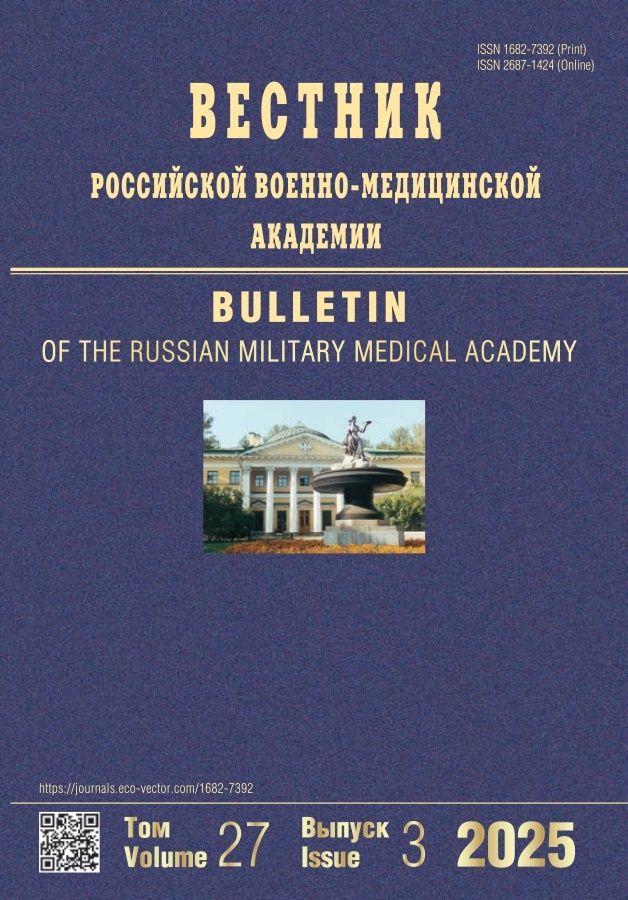Обоснование исходных медицинских данных для разработки антропоморфного испытательного манекена
- Авторы: Моисеев ЮБ1, Рыженков СП1
-
Учреждения:
- Научно-исследовательский испытательный центр (авиационно-космической медицины и военной эргономики)
- Выпуск: Том 20, № 2 (2018)
- Страницы: 150-153
- Раздел: Статьи
- URL: https://journals.rcsi.science/1682-7392/article/view/12303
- DOI: https://doi.org/10.17816/brmma12303
- ID: 12303
Цитировать
Полный текст
Аннотация
Полный текст
Открыть статью на сайте журналаОб авторах
Ю Б Моисеев
Научно-исследовательский испытательный центр (авиационно-космической медицины и военной эргономики)
Email: ybmn@rambler.ru
Москва
С П Рыженков
Научно-исследовательский испытательный центр (авиационно-космической медицины и военной эргономики)Москва
Список литературы
- Авиационные правила. Часть 25. Нормы летной годности гражданских легких самолетов. - Л.: ЛИИ им. Громова, 1993. - 227 с.
- Зациорский, В.М. Биомеханика двигательного аппарата че- ловека / В.М. Зациорский, А.С Аруин, В.Н. Селуянов. - М.: Физкультура и спорт, 1981. - 143 с.
- Мартиросов, Э.Г. Методы исследования в спортивной антро- пологии / Э.Г. Мартиросов. - М.: ФиС, 1982. - 199 с.
- Пырлина, Н.П. Моделирование повреждений шейного и верхнегрудного отделов позвоночника при вентральном сги- бании под действием статических и динамических нагрузок / Н.П. Пырлина [и др.] // Моделирование повреждений голо- вы, грудной клетки и позвоночника. - М., 1972. - С. 111-122.
- Ступаков, Г.П. Биомеханика позвоночника при ударных пере- грузках в практике авиационных и космических полетов / Г.П. Ступаков, А.П. Козловский, В.С. Казейкин. - Л.: Наука, 1987. - 240 с.
- Физиология движений. - Л.: Наука, 1976. - 376 с.
Дополнительные файлы







